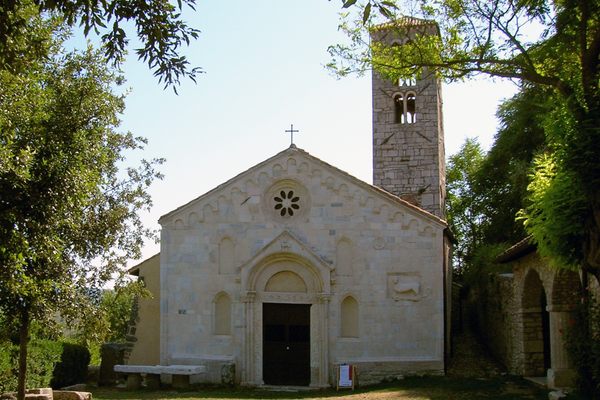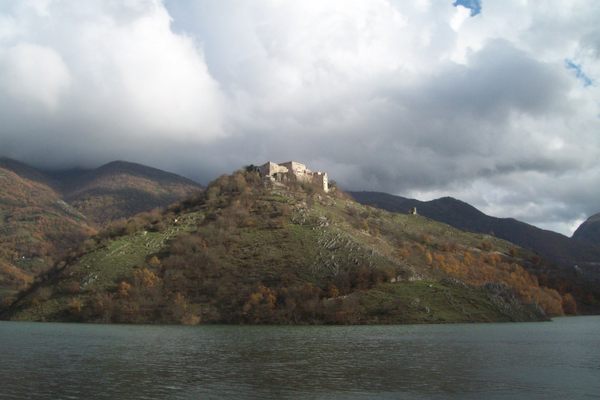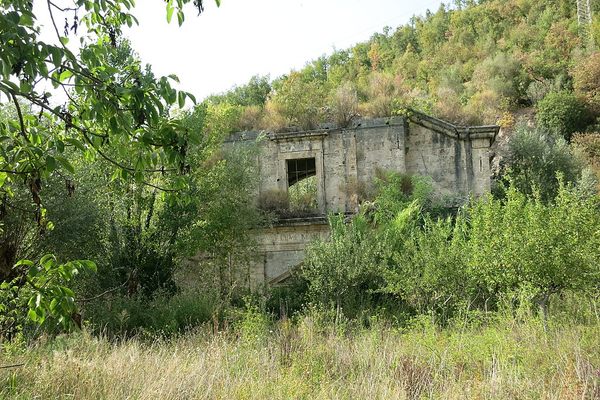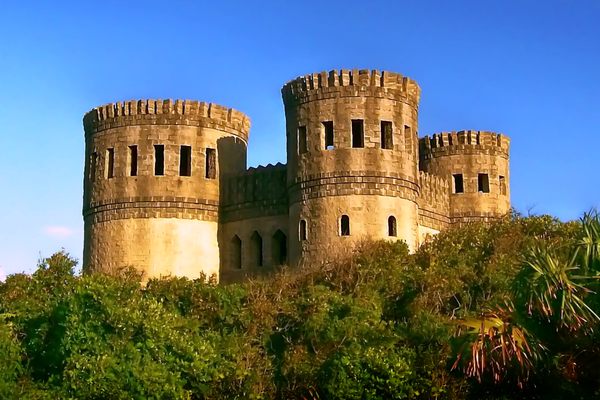Rocca Sinibalda Castle
This unusually shaped fortress houses a blend of centuries-old frescoes and modern art.
The Castle of Rocca Sinibalda was built over a previous fortress (possibly a Lombard castle) by Cardinal Alessandro Cesarini in the 16th century. The initial project was the work of famous architect Baldassarre Peruzzi from Siena in 1530, who died six years later.
The castle was likely completed by Peruzzi’s son Giovanni Sallustio and Bartolomeo De Rocchi. The castle was situated on the border of the Papal State and the Kingdom of the Two Sicilies, and Peruzzi’s intention was to adapt the castle’s original plan and shape it into what has been either interpreted as an eagle or as a scorpion-shaped fortress—something rather exceptional among European castles from the time.
The residential quarters are decorated with splendid (and recently restored) 16th-century frescoes representing the myth of Metamorphosis, which has also contributed to its other name, the Castle of Metamorphoses, and are a testimony of the castle’s role as both an impregnable fortress and an aristocratic residence. Frescoes from the 18th century depicting landscapes of the surrounding region decorate one of the main reception halls.
Over time, the Cesarini family’s hold on the castle was followed by that of other families who left their marks, such as the Mattei or Lante della Rovere families. In the early 20th century, the fortress was owned by eccentric American expat Caresse Crosby, the first person to receive a patent for a bra.
In 2014, the castle was restored, and it has hosted a number of contemporary art exhibits and permanent collections, such as Indigenous American art including masks and totems, African masks from an ethnographic collection, and sculptures by contemporary artist Marcos Cei.
More recently, the castle has served as a retreat for 10 artists in an event called Endecameron with an overarching theme named “Invisible Cities.” As of August 2019, some of the artwork produced by the resident artists is on display in the castle’s halls and rooms.
Know Before You Go
Individual visitors can book a guided visit on Saturdays at 4 p.m. and Sundays at 11 a.m. on the castle's official website. The guided visit lasts about 1.5 hours. Rocca Sinibalda is also one of the villages on the Saint Benedict Pilgrimage Route, from Norcia to Montecassino.


















Follow us on Twitter to get the latest on the world's hidden wonders.
Like us on Facebook to get the latest on the world's hidden wonders.
Follow us on Twitter Like us on Facebook